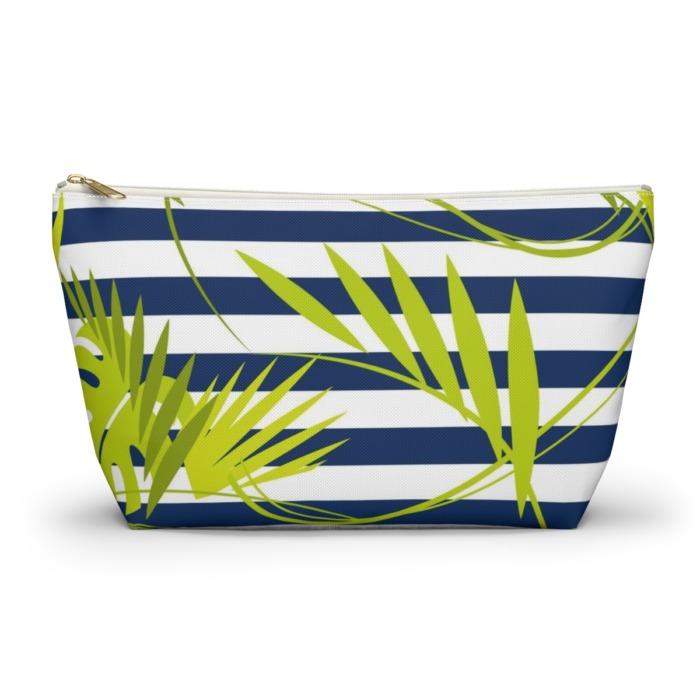Table of Contents:
6 Must-See Locations When Visiting Alexandria, Egypt
Alexandria is Egypt’s second-largest city and a major economic center. It was the largest city in the ancient world before Rome’s catching-up.
From the end of the 18th century, Alexandria became a major center of international shipping in Egypt. It is also one of the most important trading centers globally, relying on its convenient connections between the Mediterranean and the Red Sea.
The port at Alexandria is where my Royal Caribbean cruise ship docked. It is a very busy port, to say the least!
Alexandria had lived under Roman, Arab and British rules, while it was one of the most suffered cities. It remains a lot of historical attractions to help people read the ancient stories.
Let’s check out the six must-see locations out in the city:
Sidi Abo El Abbas El Morsi Mosque (Abu al-Abbas al-Mursi Mosque)
- Open 10 a.m. – 5 p.m. daily
- Price: $10
- Average Duration: 1 hour
It is the largest mosque in Alexandria. When built in 1775, the mosque was dedicated to the patron saint of Alexandria’s fisherman and sailors.
It is also one of the most visited mosques on the White Med coast!
The colonnade of Elongated arches, eight monolithic granite columns and the beautiful marble floor composed the magnificent mosque. Egypt’s old Cairo buildings and architecture influenced the mosque when building.
Graeco-Roman Museum
- Open 9:00 a.m. – 4:00 p.m. daily. Closed Friday from 11:30 a.m. – 1:30 p.m.
- Price: Students EG£8, Camera EG£10, Video Camera EG£100
- Average Duration: 2 hours
You will find displays of ancient times honoring the Greek and Roman heritage here.
It has 21 rooms of mosaics, glass, coins, sculptures and the Tangra figures. Besides, other features include a mummified crocodile, human mummies, the bust of a Roman Emperor and a Ptolemaic mural.
Founded in 1892, the Graeco-Roman Museum collected Greco-Roman antiquities excavated from Alexandria and elsewhere.
The Greco-Roman Museum is a Greek temple, with tree-lined gardens surrounding wide galleries.
Pompey’s Pillar
- Open daily from 9:00 a.m. – 4:00 p.m.
- Price: $7/vehicle
The emblem of Alexandria Pompey’s Pillar, also known as the Pillar of Knights, is a pink Aswan rose granite pillar. It is 84-feet high and was dedicated in 297 A.D. to Emperor Diocletian.
Moreover, the top of the column is a flower shape, which makes the pillar more fascinating.
It contains a maze of subterranean galleries and some 40,000 relics.
The pillar was originally part of Serapis Temple. However, the temple was destroyed after building in a very short time, and only the pillar survived.
In A.D. 297, Posthumus built this pillar in the middle of the square of Serapis Temple. There are four lines on the western side of the pillar, which you can still see today:
“to the most just Emperor, tutelary of Alexandria Diocletian, the invincible, Postumus, the Prefect of Egypt (who erected this monument).”
Ancient Roman Amphitheater
- Open 9:00 a.m. – 4:00 p.m. daily.
- Admission charges apply
The amphitheater is the only example of a Roman Theatre in Egypt, so this is the reason you want to visit it, to read its history.
The amphitheater is an ancient Greek abbreviation for open space for various performances. Greek amphitheaters are usually round or oval in shape, and the audience can sit on steps, like stadiums today.
The theater nowadays is a typical form of Roman theater. Because it used granite columns when building, consisting of a marble audience area with a seating capacity of 600 spectators. The audience area had 13 rows of white marble.
However, in the sixth century, an earthquake struck Alexandria, destroying most of the theater, leaving only a few pieces of ruin.
Citadel of Qaitbay (Fort Qaitbey)
- Open 9:00 a.m. – 4:00 p.m. daily.
- Price: around EG£15
It was built on the foundations of one of the Seven Wonders of the World, the Pharos lighthouse. Completed in 1480, then the fort was expanded by Mohammed Ali in the 19th century.
The Citadel of Qaitbay was a 15th-century defensive fortress on the Mediterranean coast. It was also one of the most critical fortifications in Egypt and along the Mediterranean coast.
In the autumn of 280 B.C., an Egyptian royal ship ran aground and sank while sailing into Alexandria. All the royal relatives on board and the European bride died.
The tragedy shocked Egypt. Then, the Egyptian Pharaoh Ptolemy II Philadelphus ordered the construction of a navigation lighthouse at the largest port entrance. After 40 years of effort, a magnificent lighthouse stood at the eastern of Pharos.
However, a severe earthquake destroyed the lighthouse in 1303. Thus, in 1480, Mamluk Sultanate used the stones left by the lighthouse to build the Fort Qaitbay to resist foreign invasion.
Catacombs of Kom El Shoqafa
- Open daily 9:00 a.mo. – 4:00 p.m.
- Price: EG£35
The attraction is located close to Pompey’s Pillar, so you can plan to visit them together.
The catacombs date back to the second century A.D. and held some 300 corpses.
Love to shop? Visit Michelle Valentine's Shop!
The catacomb of Kom El Shoqafa, a historical and archaeological site, is considered one of the seven wonders of the Middle Ages. Kom El Shoqafa means Mound of Shards because the area once contained a pile of shards of terra cotta.
The attraction consists of a series of ancient Greek tombs, statues and archaeological relics about Pharaonic funeral rites, which were influenced by Greek culture and the early Roman Empire.
As of now, three sarcophagi have been found here. Another feature of the catacombs is the Hall of Caracalla, which contains the bones of horses built in A.D. 215 for emperor Caracalla’s horses.
Now you can start your fantastic adventure with ancient legends in Egypt!

































I have never heard of the Citadel of Qaitbay before, and now I feel like I need to go down a historic rabbit hole and learn everything I can. Thanks for the history lesson!